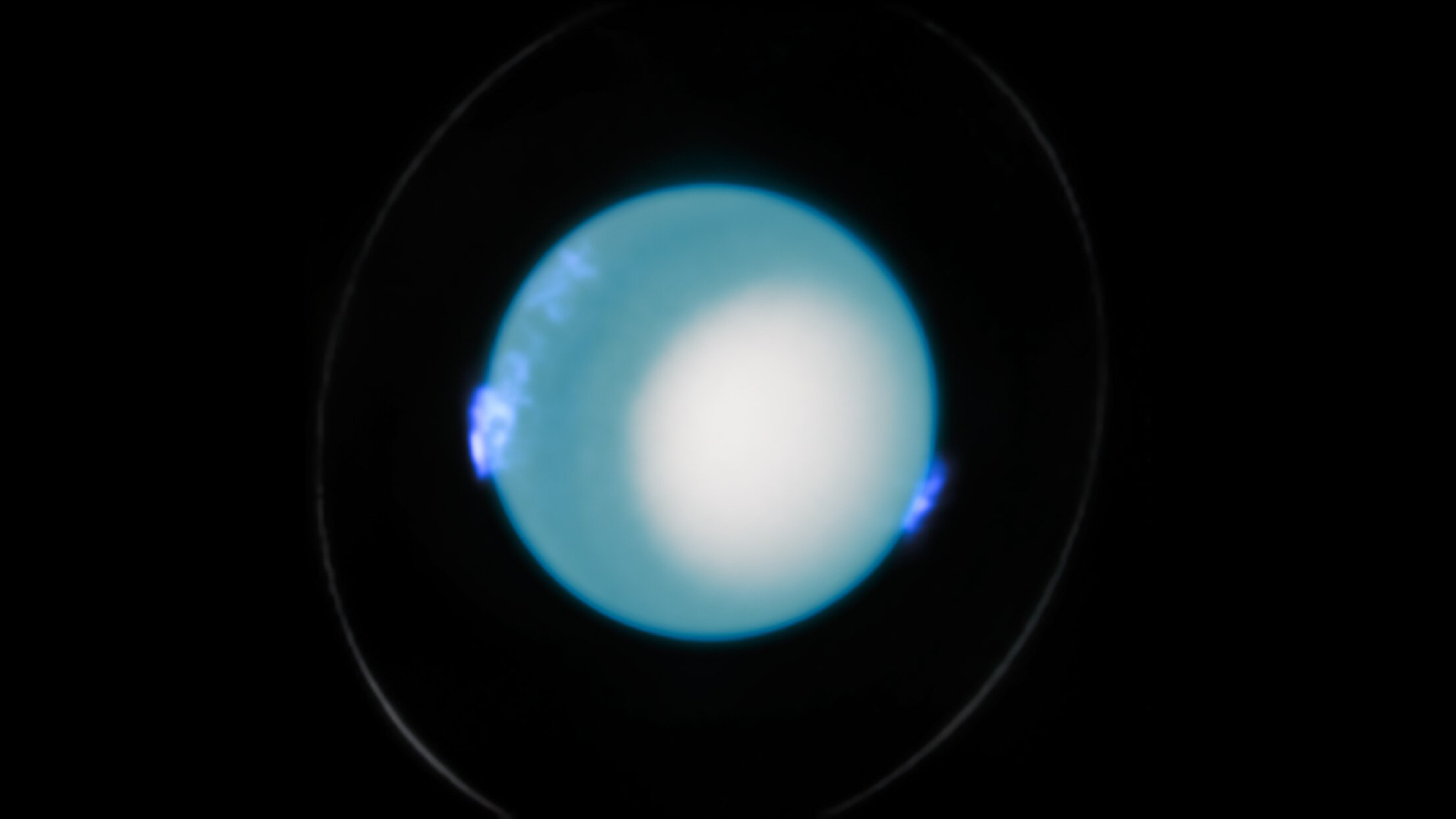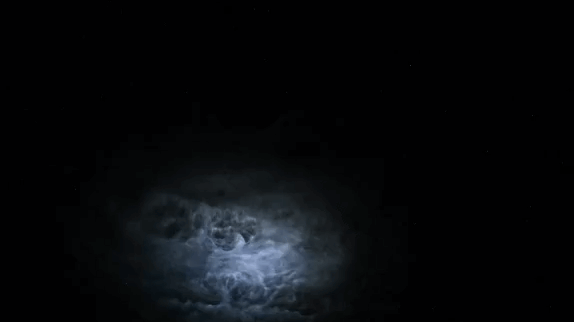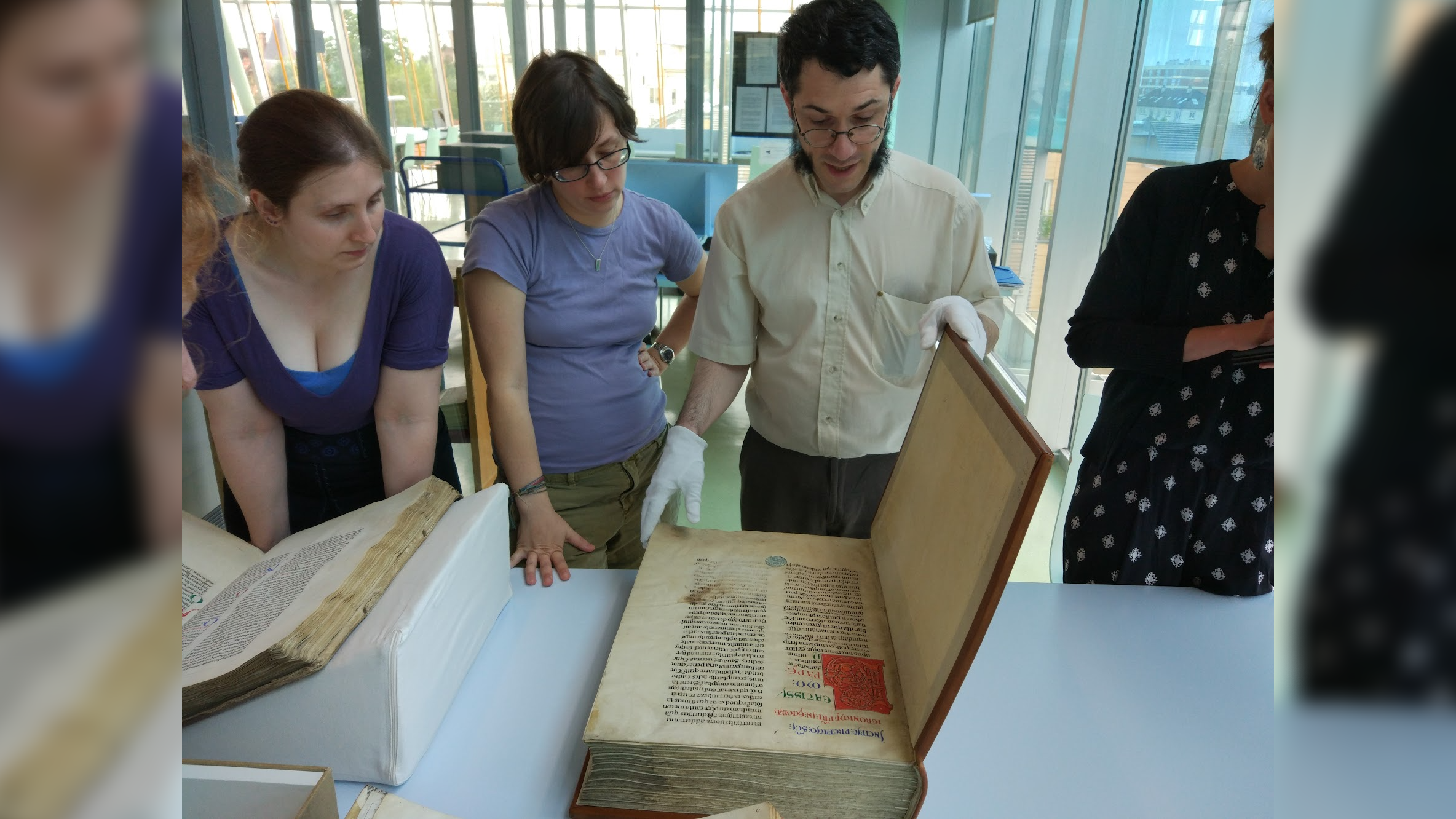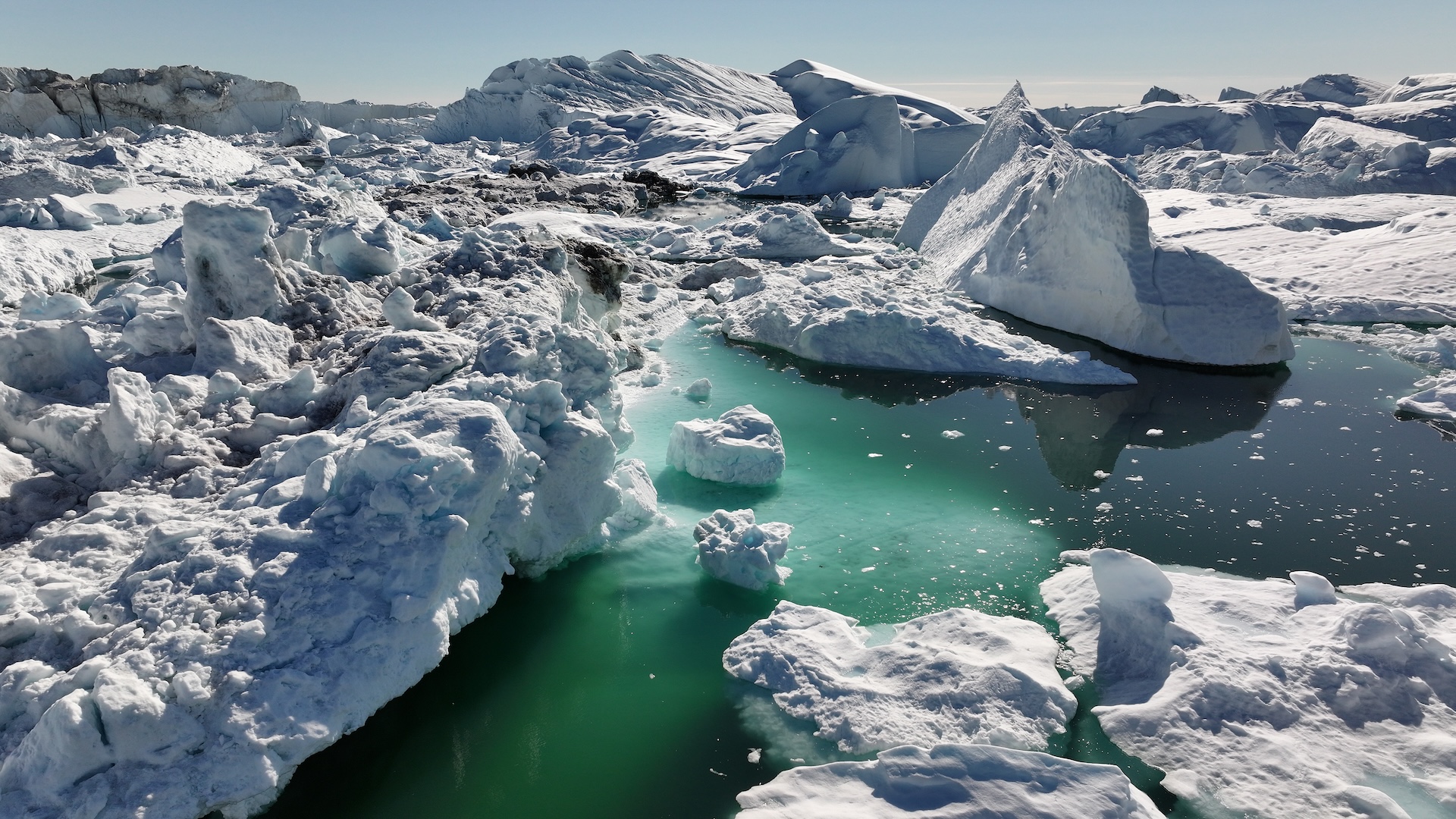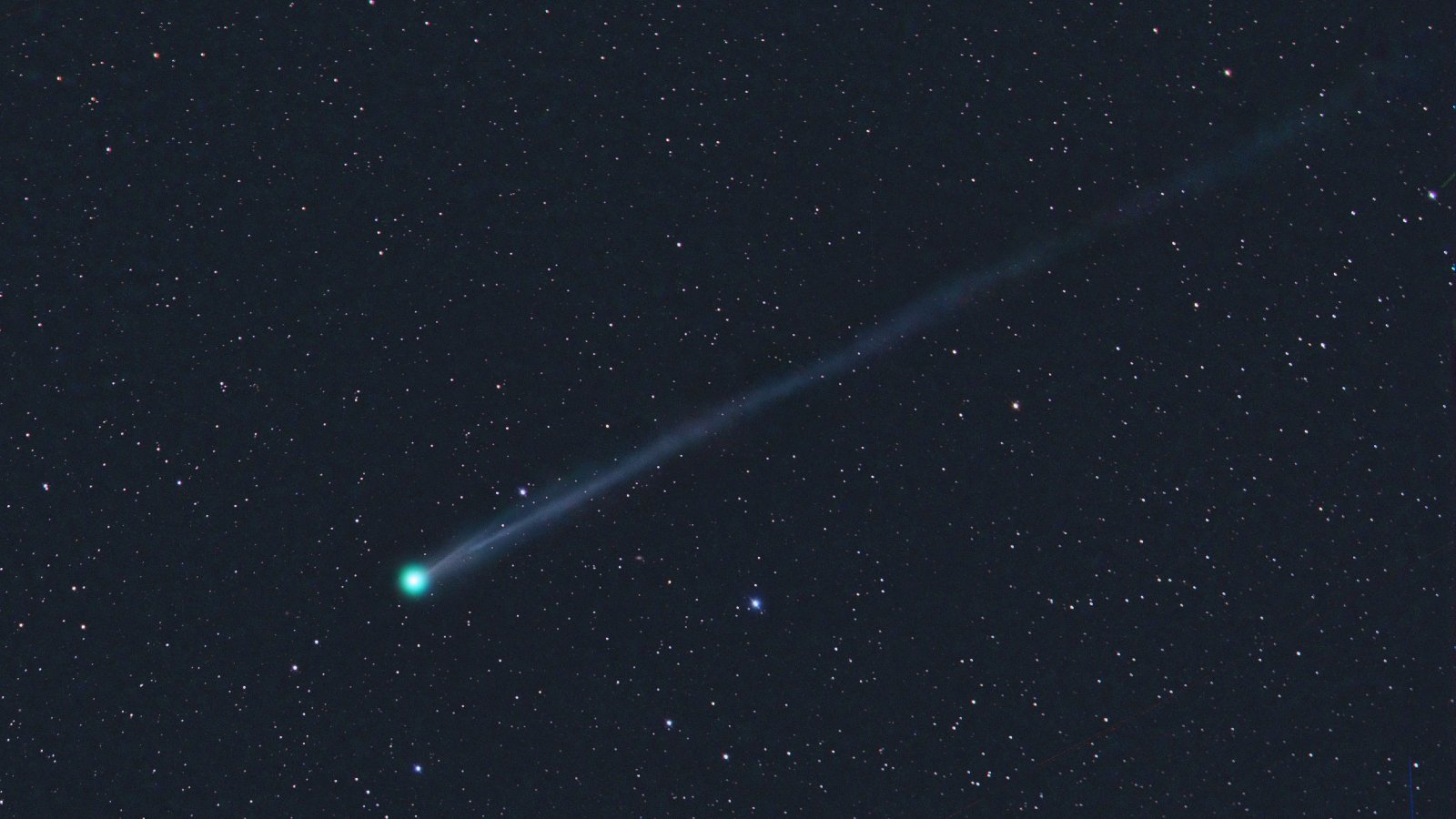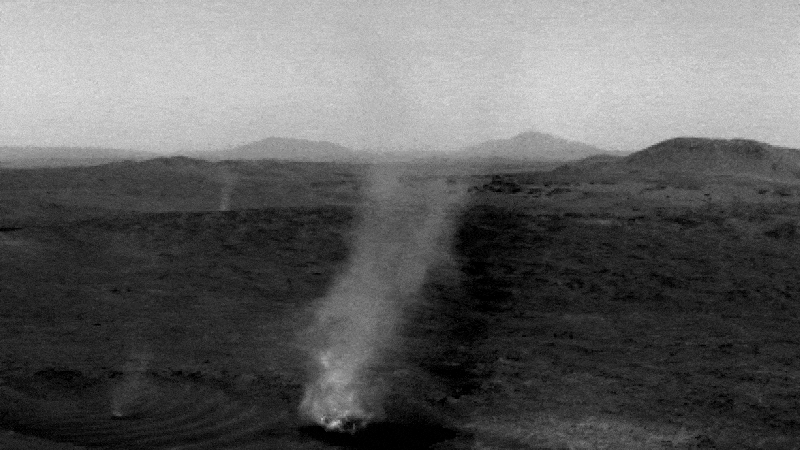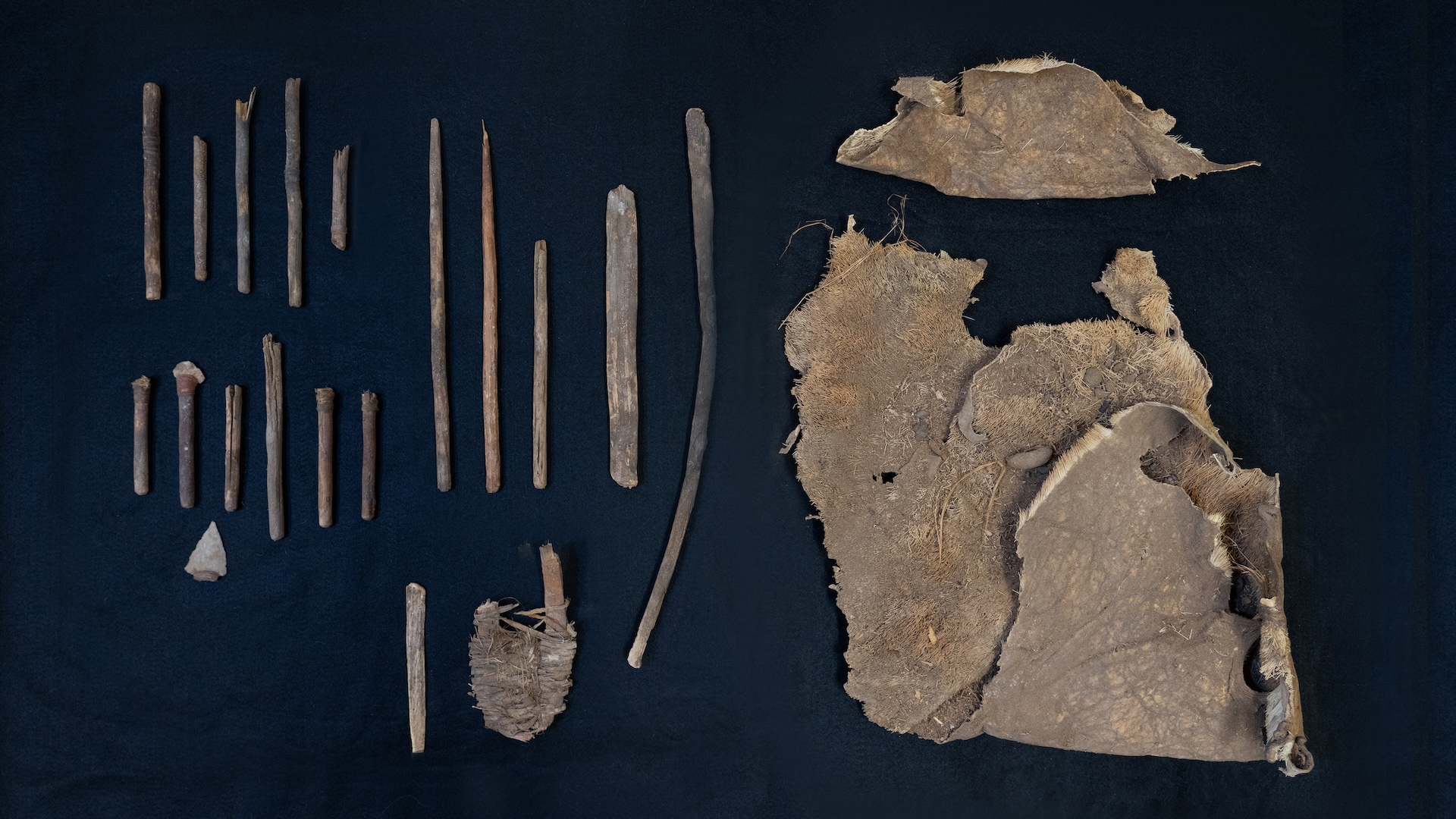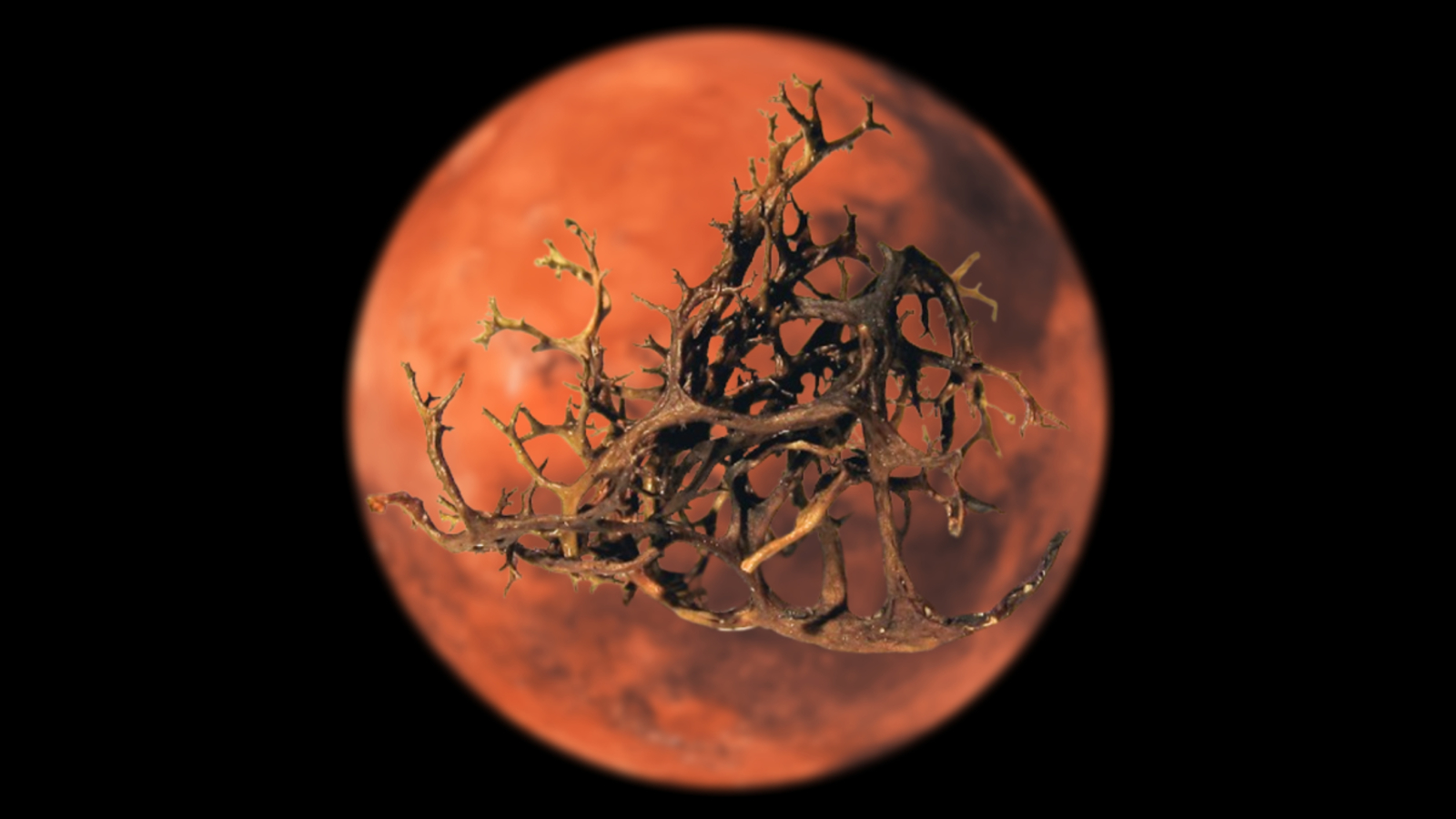Partial Solar Eclipse Amazes Europe Skywatchers
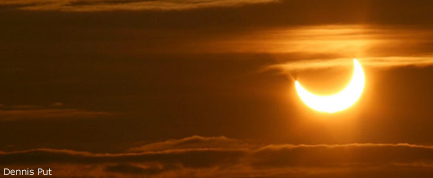
This story was updated at 1:33 p.m. ET.
The morning skies over Europe, the Mideast and elsewhere dimmed in an unnatural twilight early Tuesday when the moon blocked part of the sun in the first partial solar eclipse of the year.
In Rome, cloudy skies made the Jan. 4 solar eclipse a touch eerie as the moon appeared to take a bite out of the sun during the three-hour eclipse.
"It was a memorable experience and I feel lucky to [have seen] it," astronomer Gianluca Masi of Italy, who observed the event as part of the Virtual Telescope Project.
Masi watched the partial solar eclipse from Rome, where the sun was just under two-thirds - about 61 percent - obscured by the moon. In Sweden, where the eclipse was at its maximum, the moon blocked out about 80 percent of the sun's disk.
Skywatcher Dennis Put of Maasvlakte in The Netherlands snapped stunning photos of the solar eclipse at sunrise, despite a disheartening weather forecast.
"The expectations on viewing the eclipse the day before were not very high due to a great chance on complete cloud overcast, but it turned out well!" Put said in a description of the event. [Put's photo of the sunrise solar eclipse]
Sign up for the Live Science daily newsletter now
Get the world’s most fascinating discoveries delivered straight to your inbox.
Put's photos show the solar eclipse already under way as the sun was rising, giving the dawn what he described as a "double sunrise" look. At one point, an airplane passed across the face of the sun, offering a double eclipse of sorts. [Put's photo of an airplane's silhouette and solar eclipse]
There were still some clouds that in the sky over the Netherlands, but Put said they didn't intrude too much. In all, Put took 675 photos of the partial solar eclipse.
"A successful eclipse!" he exclaimed.
Likewise, Masi said the eclipse still dazzled, despite a cloudy sky above Rome.
"The clouds added some special flavor the images," Masi told SPACE.com in an e-mail. Masi said the sun was low on Rome's southeastern horizon during the eclipse.
Tuesday's partial solar eclipse began over Algeria. According to Sky & Telescope Magazine, millions of skywatchers across Europe and parts of Africa, the Middle East and Asia were expected to get a chance to observe the eclipse, weather permitting.
"Europeans won't get another opportunity to see the sun covered to this extent until March 20, 2015," reported Sky & Telescope before the event.
Solar eclipses occur when the moon passes between the sun and the Earth and appears to line up with the sun when observed from the ground.
When the sun and moon line up perfectly, a total solar eclipse occurs and completely covers the sun. Sometimes, however, the moon only covers a portion of the sun, creating a partial solar eclipse like the one seen today.
"I was impressed to see many casual observers trying to look at the sun," Masi said. "People were quite informed, I must say: Eclipses are among the things happening up there they like more."
Tuesday's partial solar eclipse occurred just after the peak of the Quadrantid meteor shower, which hit its height at 0100 GMT in Europe today.
The eclipse was the first of four partial solar eclipses set for 2011, though there will not be a total solar eclipse this year as there was in 2010. The next partial solar eclipse will occur on June 1, according to NASA's eclipse tracking website.
- Photos: The Total Solar Eclipse of 2010
- Video: Meteor Shower, Solar Eclipse of January 2011
- Solar Eclipse and Meteor Shower to Launch 2011 Skywatching Season
You can follow SPACE.com Managing Editor Tariq Malik on Twitter @tariqjmalik. This article was provided by SPACE.com, a sister site of LiveScience.com.

Tariq is the editor-in-chief of Live Science's sister site Space.com. He joined the team in 2001 as a staff writer, and later editor, focusing on human spaceflight, exploration and space science. Before joining Space.com, Tariq was a staff reporter for The Los Angeles Times, covering education and city beats in La Habra, Fullerton and Huntington Beach. He is also an Eagle Scout (yes, he has the Space Exploration merit badge) and went to Space Camp four times. He has journalism degrees from the University of Southern California and New York University.
